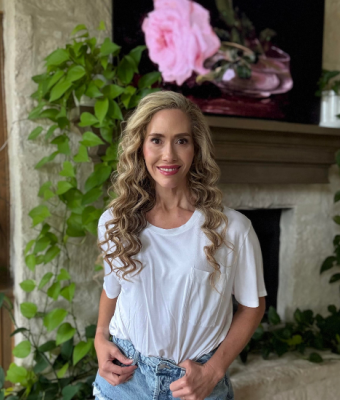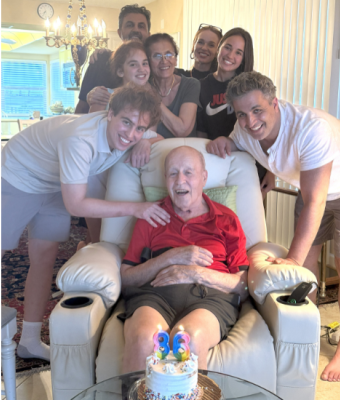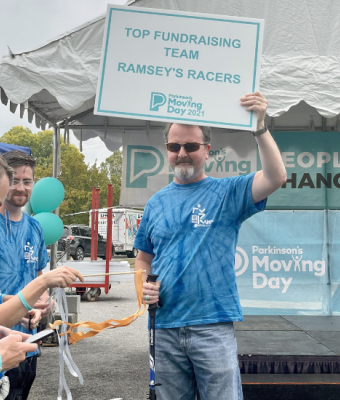My PD Story
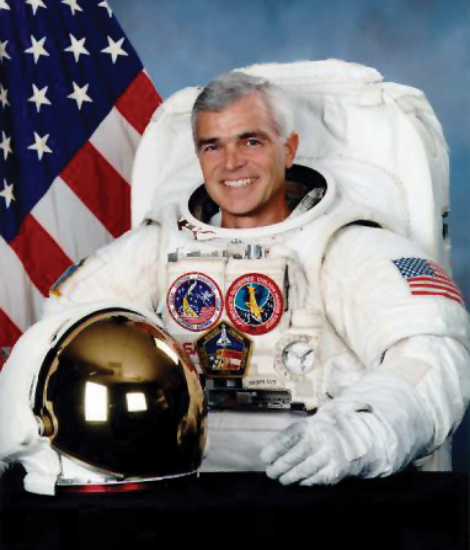
Rich Clifford
It was just past midnight on March 14, 1996. I began the day strapped into the crew compartment of a space shuttle headed for orbit. I was minutes away from the launch of shuttle mission STS-76, and I could hear the voice of launch control counting off the seconds until finally I heard, “3, 2, 1 and liftoff of the shuttle Atlantis on a mission to the Russian MIR space station.” That pre-dawn launch was my third space shuttle mission as a United States Astronaut. It was, however, my first mission to space after being diagnosed with early Parkinson disease (PD).
It seems improbable if not impossible: an astronaut with PD had not only been certified for space flight, but had also been certified to perform a planned space walk on the MIR space station. That morning, as I began the ascent into orbit to rendezvous with the MIR, I thought about my own personal journey leading up to that moment. It was as hard as any I’d ever faced, but one that I had never given up on. A journey that had begun almost two years earlier.
My second mission had been STS-59 in April 1994 and it was very successful. I felt completely fit during and after the flight. About six months later I went in for my annual flight physical. Everything, including my standard neurological exam, was satisfactory. Just as a favor, I asked the flight surgeon after the exam if I could have an orthopedic surgeon look at my right shoulder. (I played competitive racquetball and thought I might have recently injured it during a game). He asked me where it hurt and I told him it didn’t hurt at all. Rather, my right arm just seemed to hang without moving when I walked. I could tell I must have touched a nerve (no pun intended) because he immediately called for the Chief Flight Surgeon. The Chief asked me to walk with him down the hall. Little did I know how that walk would change my life. The next thing I knew, the Chief informed me that he was taking me into Houston the next day to see an expert at the Medical Center. I was surprised at the sudden and ominous turn of events, as I had assumed my visit would have yielded a quick fix and allowed me to resume my competitive racquetball. That’s when the Chief informed me I was going to see a neurologist, a man by the name of Doctor Joseph Jankovic. I assumed this was part of the normal sequence to get my arm fixed.
I was surprised by the urgency of the visit, and more than a little confused when, after taking a careful history and examining me, Dr. Jankovic informed me that I had PD. I had never heard of this disease and as someone who considered himself to be in excellent physical condition, I naturally assumed it was something I could conquer. In fact, my response was something like, “OK, fix it so I can get back to my racquetball!” Then, reality hit me. Hard! The doctors explained I had several tests ahead of me. PD was a clinical diagnosis and confirmed only by eliminating — through tests — all other neurological disorders. Needless to say, racquetball was no longer on my list of priorities.
The test results came back negative. The doctors were right: I had PD. But my only symptom was that my right arm didn’t move when I walked. It seemed impossible. I didn’t want to believe it, and for a while I refused to believe it.
So many things went through my head when I began to learn more about my condition, but I was resolute and determined not to let it affect my outlook. The medical community respected my privacy and only those senior NASA managers with a need to know were informed. They asked me what I wanted to do, and my response was quick: I wanted to remain on flight status and remain in the cue for a future space flight. I wanted to remain an astronaut.
According to researchers, PD is a progressive degenerative disease that occurs over time. That meant it was very likely that I had PD prior to my first shuttle flight STS-53 in December 1992. I saw no limitations to what I could do just because I had PD, and I used all of the available research to build a case for why I should continue to fly. Thankfully the NASA flight surgeons, senior NASA management, and my family supported me, and I was granted return-to-flight status under the condition that I would be watched closely by the flight surgeons. I also knew that I could not disclose my condition publicly.
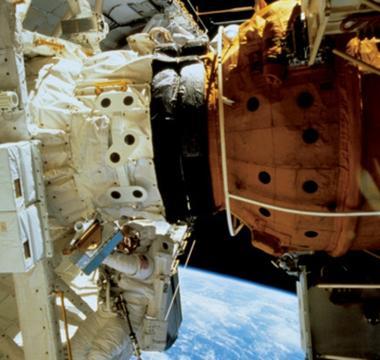
Keeping this secret between myself and those closest to me, I was subsequently assigned to STS-76. I was to be a member of the crew, but was told I would not be assigned to perform the planned space walk (extra-vehicular activity, or EVA, in NASA speak). I, along with another astronaut named to the STS-76 crew, had performed the majority of the development testing of hardware and operational procedures for the experiment packages to be deployed during the planned space walk. In other words, knowing as much as we did about the subject, our expectations were that we would be assigned to perform the EVA. I informed management that I wanted to do the EVA and that I didn’t know there were limitations imposed on my capabilities. I think they were actually surprised by my desire to perform the space walk, despite my condition.
Before long, they reassigned me the EVA. The mission was highly successful, including the six-hour long EVA during which my crewmate and I attached four MIR Environmental Effects Payload experiments to the station’s docking module to better understand the environment around MIR over an 18-month period.
Looking back, I recognize the difficult decision NASA senior management made in assigning me to STS-76. I am thankful to have had the full support of the Flight Surgeons, Dr. Joe Jankovic, and Johnson Space Center management. They presented my capabilities to the NASA Headquarters Space Flight Medical Review board and I know it was not an easy decision for the board and senior management to clear me for flight. I am grateful for their support in realizing the risk they took with me when there were dozens of other qualified astronauts who could have performed this mission. It is a testimony to their certification processes that they were assured I could perform the mission.
And although no one ever restricted me from going public with my PD, I knew it was best to remain quiet at the time. Too many questions of the managers and medical review board by an inquiring press would have proven to be embarrassing for all of us. I could imagine the focus of the typical question, “How could you let someone with Parkinson disease fly in space?” I am forever appreciative for the opportunity these people afforded me. They took the high road instead of making the easy decision, which would have been to ground me permanently.
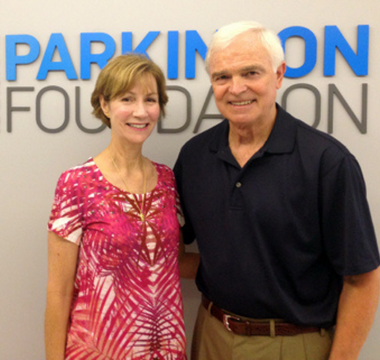
With this article I have now gone public. Following my third and final space shuttle mission, I left NASA in January 1997 and joined the Boeing Company as Space Station Flight Operations Manager. In 2007 I became the Deputy Program Manager of Boeing’s Space Shuttle Program, a position to which I am committed until the Space Shuttle fleet’s retirement in 2011. In writing this article, I hope to inspire others with PD by showing them that Parkinson is not the end of your life. I believe that mental limitations are defined by what you make of your situation. In the famous words of former NASA Flight Director Gene Kranz, “Failure is not an option.” I am continually reminded of this by my best support group: my wife Nancy and my sons Richard and Brandon. Without their encouragement I probably would have followed a different path.
It has been 17 years since I received my initial diagnosis. I left the Astronaut ranks in 1997 for reasons not associated with PD. The disease has progressed as you would expect but its acceleration is following a very low ramp, thanks to the help of my doctors and continued advances in PD research. I am still active in the workforce and play golf as often as I can. All in all, I am far from giving in to the limitations of PD, but rather I’m planning to — as the late Paul Harvey said at the start of each of his radio shows — “stand by for the rest of the story.”
Related Materials
My Parent Has Parkinson's. What Does It Mean?
Managing "Off" Time in Parkinson's
Medications for Non-motor Symptoms
More Stories
from the Parkinson's community
